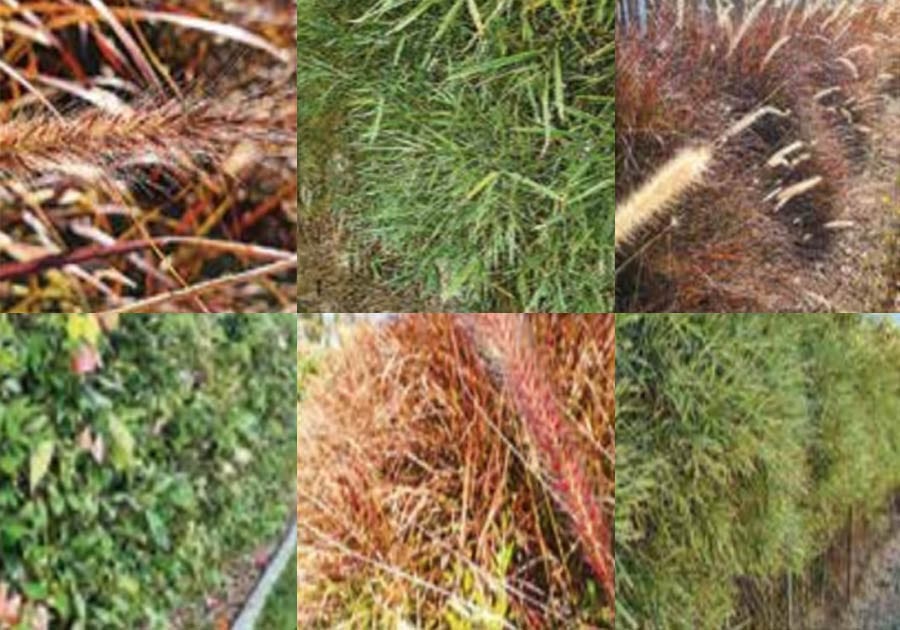Enjoy living in coastal communities but like your private spaces too? Time to consider growing a hedge or two around your home today.
Traditionally, hedges were more commonly found in formal, manicured gardens but over the decades have evolved to suit many outdoor settings.
The reasons for growing hedges vary. Perhaps you need privacy from the neighbours, the street, or a resilient windbreak for the brisk, coastal Moreton Bay breezes. Do you love repetition-style plantings, or want to create a wildlife habitat or corridor? Are you seeking a “green” fence? Whatever the reason, your purpose will influence the types of plants you choose.
Decide on the overall dimensions of your hedge and select plants that will grow comfortably into those spaces. Also, consider the maintenance of your hedge. Do you want to trim it regularly or are you more into “free-spirited” growth? Some plants will drop a lot of leaf litter – this could be a problem near swimming pools and ponds.
Some popular types of hedge plants are the Lilly Pilly, Coastal Rosemary, Mock Orange (Murraya), Clumping bamboo varieties, Japanese Box, Sasanqua camellia & Photinia Red Robin.
Once you have selected your plant type, the next step is to figure out how many plants you require. We suggest a 1/3 guide. Multiply your preferred hedge height by 1/3 to get your horizontal plant spacing distance. If you want a 1m height hedge, allow 33 cm between each of your plants. For the taller hedges, it might be better to reduce the ratio so that you still end up with a tight foliage spread. Also, consider root competition. Some bigger plants have an extensive root system and need more water & nutrients from the surrounding soil so you might need to feed your hedge semi-regularly.
To help you get the correct alignment, mark out your plant holes with spot paint first. If you are planting in a straight line, use a string line to help determine your plant locations. For a curved hedge, use a garden hose to map out the shapes. Then dig out holes for your plants – ensure that the depth of the hole is slightly less than the height of the soil in the plant pots. Take the opportunity to mix your extracted soil with some organic compost, ready for backfilling.
Position your plants next to their holes and rotate the pots so that the sides of each plant that present the greatest number of branches face along the hedge direction.
Water the holes first before placing the plants in them. Then backfill with your enriched soil and gently tamp down the soil to remove pockets of air. Generously water in the plants and use a seaweed fertiliser solution to give them a good head-start.
Minimise water evaporation & weed growth by mulching around the plants – keep away from the plant trunks.
Then tip prune all plants to the same height – this will encourage more growth to occur on the sides. Focus on getting the lower half of the plants filling out correctly first. As your hedge grows through the years, keeping pruning to create your desired shape.
Keep feeding your hedges regularly so they will bring you many years of natural beauty for your coastal homes.
